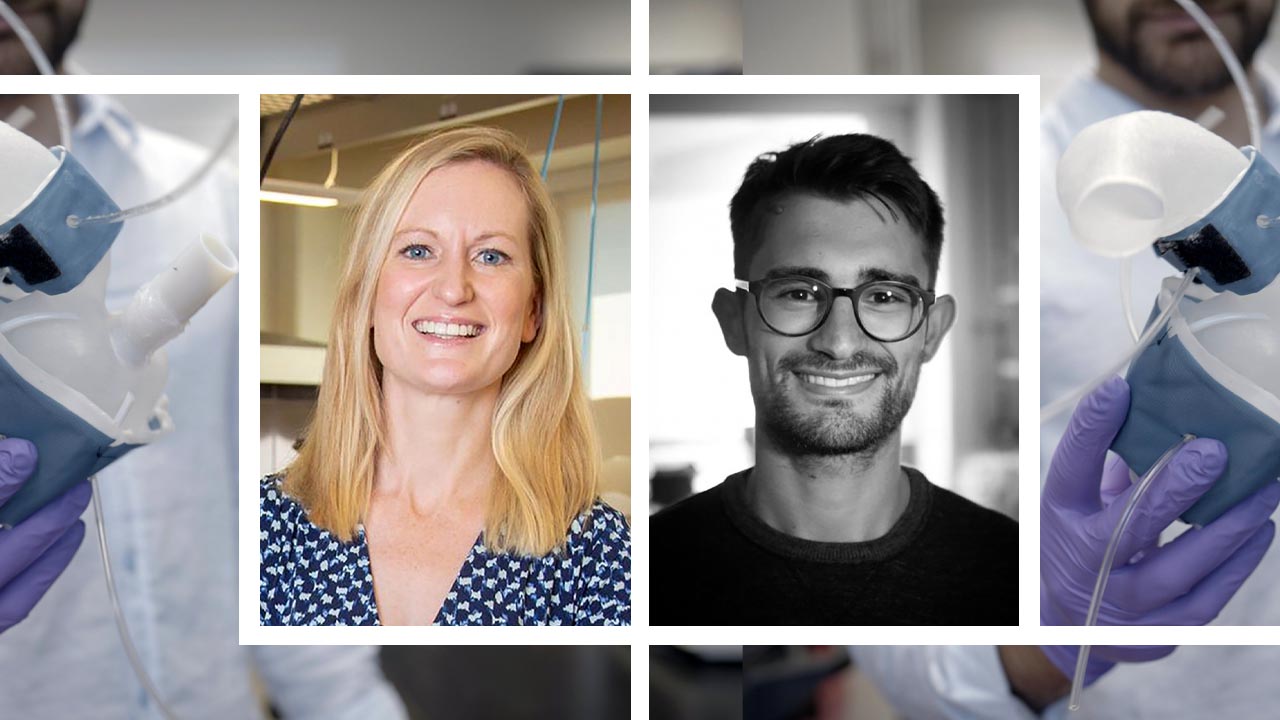We met Associate Professor Ellen Roche and Graduate Student Luca Rosalia, two biomedical engineers atMassachusetts Institute of Technology (MIT) in Cambridge, Massachusetts (USA). MIT Engineers as Luca Rosalia – who is the principal author of the research – have developed a new technique for 3D printing a soft, flexible, custom-designed a replica of a patient’s heart. So, they created a new system to 3D print a customized replica of the human heart. The goal of the research is to provide realistic models so that clinicians, researches and medical device manufactures can use them in testing therapies for different types of heart disease.
The official article of the research, made by MIT engineers, has been published by Science Robotics (to read it, click HERE).
Is the most important goal of 3D-printed robotic heart creating a custom heart? How will this custom heart help doctors and surgeons to curate the cardiovascular disease?
The primary goal of the custom 3D-printed robotic heart is to recreate exactly the anatomy and physiology of patients with heart disease, particularly valvular heart disease. This will enable clinicians around the world to test different types of medical devices for these patients so that they can understand which one each individual patient would benefit the most from. Before any surgical procedure, the surgeon can implant various device types on our custom 3D-printed robotic heart and measure changes in blood flows and pressures due to these devices. Based on the information provided by the model, they can then make informed decisions regarding device selection and implantation procedure.
With this technique, you can manage to print in 3D a patient’s heart twin. What materials did you use and how did you do it?
To 3D-print the patient’s heart twin, we used a commercially available 3D printer which uses an elastic photopolymer resin to recreate physical models of each individual heart. We then designed soft robotic heart and aortic sleeves that match the shape of the patient’s heart to recreate exactly their pumping function and changes in the anatomy of the aortic valve due to disease. For the design of the robotic sleeves, we used thermoplastic polyurethane material that can be heat-formed to the shape of the patient’s heart and aortic valve.
Credit: MIT
Talking about Aortic Stenosis, what are the disadvantages of the Next-generation prosthetic aortic valves? Could 3D-printed robotic heart improve also the prosthetic aortic valves?
Next-generation prosthetic aortic valve are currently the most effective treatment for aortic stenosis. In the majority of cases, they provide great benefit to the patient, restoring a physiologic state for the heart after disease. However, improvements still need to be made in these devices to enhance their durability and expand the patient populations that can receive these treatments, such as patients with birth defects of the aortic valve or patients with complex anatomies for which current prosthetic valves aren’t suitable. Our soft robotic 3D-printed model of the heart can help the medical device industry develop advanced prosthetic valves that can be safely and effectively implanted in these patients.
For you, when will we have the first 3D-Printed Human Heart transplant?
Our robotic 3D-printed heart twin is not designed to be implanted in humans. Our primary goals are to make current prosthetic valves more effective for more patients and to support clinical procedures. Other research groups around the world are working on 3D printing biological heart which can in the future be implanted in patients. That technology is probably still 20 years away from becoming reality.

